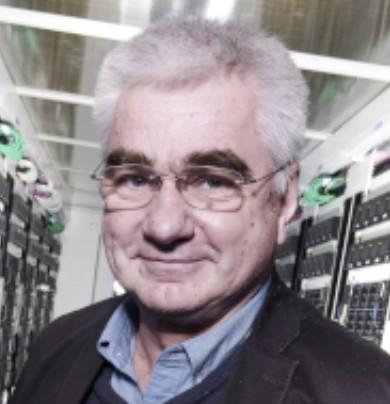With the accelerator complex having shut down for the year on 28 November, now is a good moment to take stock of the healthy position of our research. This year saw a wealth of new results across the programme. At the LHC, Run 1 and 2 data continue to deliver a rich seam of results. There has also been much to whet the appetite from the new data that the first period of Run 3 has delivered, and the non-LHC programme continues to thrive.
Throughout the year, we saw important new results coming from the full LHC Run 2 dataset. These included a measurement of the mass of the top quark with unparalleled precision from CMS and a measurement of top quark production along with a photon from ATLAS. This is a rare phenomenon that offers a tool for exploring new physics.
A highlight from the ALICE experiment was the first direct observation of a phenomenon known as the dead cone effect, which gives access to the mass of the charm quark. LHCb, meanwhile, continued to enlarge its inventory of new exotic particles, adding a new pentaquark and the first two tetraquarks ever to be observed. Such observations strengthen our understanding of the strong force that binds quarks together. LHCb’s capacity for precision was also on display in the measurement of the largest matter-antimatter asymmetry so far observed in particle decays.
As we marked the 10th anniversary of the discovery of the Higgs boson, ATLAS and CMS both published comprehensive papers detailing all that we’ve learned about this intriguing particle so far. A good indicator of how far we’ve come is how precisely both ATLAS and CMS have measured the basic properties of the Higgs – we now know its mass to a precision of around 0.1% and its lifetime has been measured to be around 10-22 seconds, just as predicted by the Standard Model. For its part, the ALICE collaboration published a review of its journey to date through the quark–gluon plasma.
All of these results came from the analysis of existing data but, as the 2022 run came to an end, both the ATLAS and CMS experiments have published results based on Run 3 data. This was made possible thanks to the exceptional performance of the LHC this year, as described in the first of a series of Run 3 reports in the Bulletin.
These are just a handful of the results I could have chosen to highlight from the LHC this year, and the fact that I had to choose is testimony to the fantastic performance of the accelerator, the detectors and the computing infrastructures, along with the inventiveness of those who run them and analyse the data.
Of course, there is much more to the CERN programme than the LHC. Again, I have to be selective but, among the highlights of 2022, I could mention comparisons of matter and antimatter from the BASE experiment at the AD or important work at ISOLDE on thorium-229, which could pave the way for ultra-precise “nuclear clocks”.
We’ve called time on 2022 running earlier than planned as a consequence of the energy crisis, and running next year will also be curtailed. This is important, necessary and not without pain for the experimental programme of this laboratory. However, what this year has shown is that the CERN community is able to rise to the challenge. Whatever 2023 has in store, I’m confident that more good physics will be a strong part of the mix.

